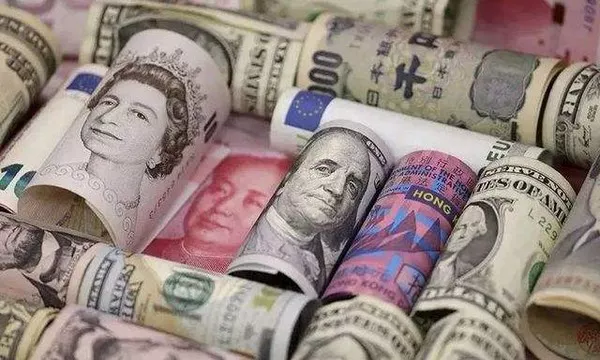The Japanese Yen (JPY) faced downward pressure despite encouraging economic indicators from Japan, including a notable increase in the Tokyo Consumer Price Index (CPI) to 2.2% year-over-year in May, up from April’s 1.8%, which had marked a 26-month low. Additionally, Japan’s Retail Sales (YoY) surged by 2.4% in April, surpassing market forecasts of 1.9% growth and indicating the 26th consecutive month of expansion, signaling robust consumption levels in Japan.
The Bank of Japan (BoJ) remains committed to its deeply entrenched monetary policy stance, particularly amid any potential decline in nationwide inflation, which could hinder the central bank‘s ability to raise interest rates. The significant rate differential between Japan and other countries continues to exert pressure on the Japanese Yen, particularly against the US Dollar (USD), as evidenced by the USD/JPY pair dynamics.
In contrast, the US Dollar (USD) rebounded ahead of the release of the Federal Reserve’s preferred inflation gauge, the Core Personal Consumption Expenditures (PCE) Price Index. Despite this, the decline in US Treasury yields may limit the US Dollar’s advance, as reflected in the US Dollar Index (DXY) trading higher around 104.80 at the time of reporting, with yields on 2-year and 10-year US Treasury bonds standing at 4.92% and 4.54%, respectively.
Amidst these market movements, Japanese Finance Minister Shunichi Suzuki emphasized the importance of stable currency movements reflecting fundamentals, indicating a watchful eye on foreign exchange dynamics and readiness to take necessary measures as required.
Technical analysis of the USD/JPY pair indicates a trading range around 156.80, with a symmetrical triangle pattern observed on the daily chart, suggesting a pause in the bullish trend. Despite this, the 14-day Relative Strength Index (RSI) remains above 50, indicating a prevailing bullish bias. Potential targets for the pair include the upper boundary of the symmetrical triangle, followed by psychological levels at 158.00 and 160.32, while immediate support lies at 157.00 and the nine-day Exponential Moving Average (EMA) at 156.55. Further downside could test the lower boundary of the symmetrical triangle.
Related Topics:


























